What would turn out to be the final glorious incarnation of Jaguar's fabulous 'XK' series of sports cars arrived in 1957. As its nomenclature suggests, the XK150 was a progressive development of the XK120 and XK140, retaining the same basic chassis, 3.4-litre engine and four-speed Moss transmission of its predecessors while benefiting from a new, wider body that provided increased interior space and improved visibility courtesy of a single-piece wrap-around windscreen, replacing the XK140's divided screen. Cleverly, the new body used many XK120/140 pressings, the increased width being achieved by means of a 4"-wide central fillet. A higher front wing line and broader radiator grille were other obvious differences, but the new model's main talking point was its Dunlop disc brakes. Fade following repeated stops from high speed had been a problem of the earlier, drum-braked cars, but now the XK had stopping power to match its prodigious straight-line speed. Introduced in the spring of 1957, the XK150 was available at first only in fixed and drophead coupé forms, the open roadster version not appearing until the following year. At 190bhp, the engine's maximum power output was identical to that of the XK140 so performance was little changed. 'Special Equipment' and 'S' versions came with 210 and 250bhp respectively. Overdrive and a Borg-Warner automatic gearbox were the transmission options, the latter becoming an increasingly popular choice, while a Thornton Powr-Lok limited-slip differential was available for the XK150S. Steel wheels remained the standard fitting, though XK150s so equipped are a great rarity as most were sold in SE (Special Equipment) specification with centre-lock wire wheels. The much-admired chromed Jaguar mascot was made available as an optional extra on an XK for the first time. 'The Jaguar XK150 is undeniably one of the world's fastest and safest cars. It is quiet and exceptionally refined mechanically, docile and comfortable... we do not know of any more outstanding example of value for money,' declared The Autocar. This left-hand drive XK150 drophead coupé left the factory equipped with automatic transmission but has since been fitted with the more desirable four-speed manual gearbox with overdrive. The accompanying BMIHT certificate states that the car was originally finished in cream with red leather interior, the same livery it has today, and that it was delivered new to Jaguar Cars, New York, USA. Its first owner was one Robert Goldstein of Washington, DC. Benefiting from a complete, 'frame upwards' restoration completed earlier this year, the car is presented in a condition commensurate with this recent refurbishment and is offered with German registration papers.
What would turn out to be the final glorious incarnation of Jaguar's fabulous 'XK' series of sports cars arrived in 1957. As its nomenclature suggests, the XK150 was a progressive development of the XK120 and XK140, retaining the same basic chassis, 3.4-litre engine and four-speed Moss transmission of its predecessors while benefiting from a new, wider body that provided increased interior space and improved visibility courtesy of a single-piece wrap-around windscreen, replacing the XK140's divided screen. Cleverly, the new body used many XK120/140 pressings, the increased width being achieved by means of a 4"-wide central fillet. A higher front wing line and broader radiator grille were other obvious differences, but the new model's main talking point was its Dunlop disc brakes. Fade following repeated stops from high speed had been a problem of the earlier, drum-braked cars, but now the XK had stopping power to match its prodigious straight-line speed. Introduced in the spring of 1957, the XK150 was available at first only in fixed and drophead coupé forms, the open roadster version not appearing until the following year. At 190bhp, the engine's maximum power output was identical to that of the XK140 so performance was little changed. 'Special Equipment' and 'S' versions came with 210 and 250bhp respectively. Overdrive and a Borg-Warner automatic gearbox were the transmission options, the latter becoming an increasingly popular choice, while a Thornton Powr-Lok limited-slip differential was available for the XK150S. Steel wheels remained the standard fitting, though XK150s so equipped are a great rarity as most were sold in SE (Special Equipment) specification with centre-lock wire wheels. The much-admired chromed Jaguar mascot was made available as an optional extra on an XK for the first time. 'The Jaguar XK150 is undeniably one of the world's fastest and safest cars. It is quiet and exceptionally refined mechanically, docile and comfortable... we do not know of any more outstanding example of value for money,' declared The Autocar. This left-hand drive XK150 drophead coupé left the factory equipped with automatic transmission but has since been fitted with the more desirable four-speed manual gearbox with overdrive. The accompanying BMIHT certificate states that the car was originally finished in cream with red leather interior, the same livery it has today, and that it was delivered new to Jaguar Cars, New York, USA. Its first owner was one Robert Goldstein of Washington, DC. Benefiting from a complete, 'frame upwards' restoration completed earlier this year, the car is presented in a condition commensurate with this recent refurbishment and is offered with German registration papers.

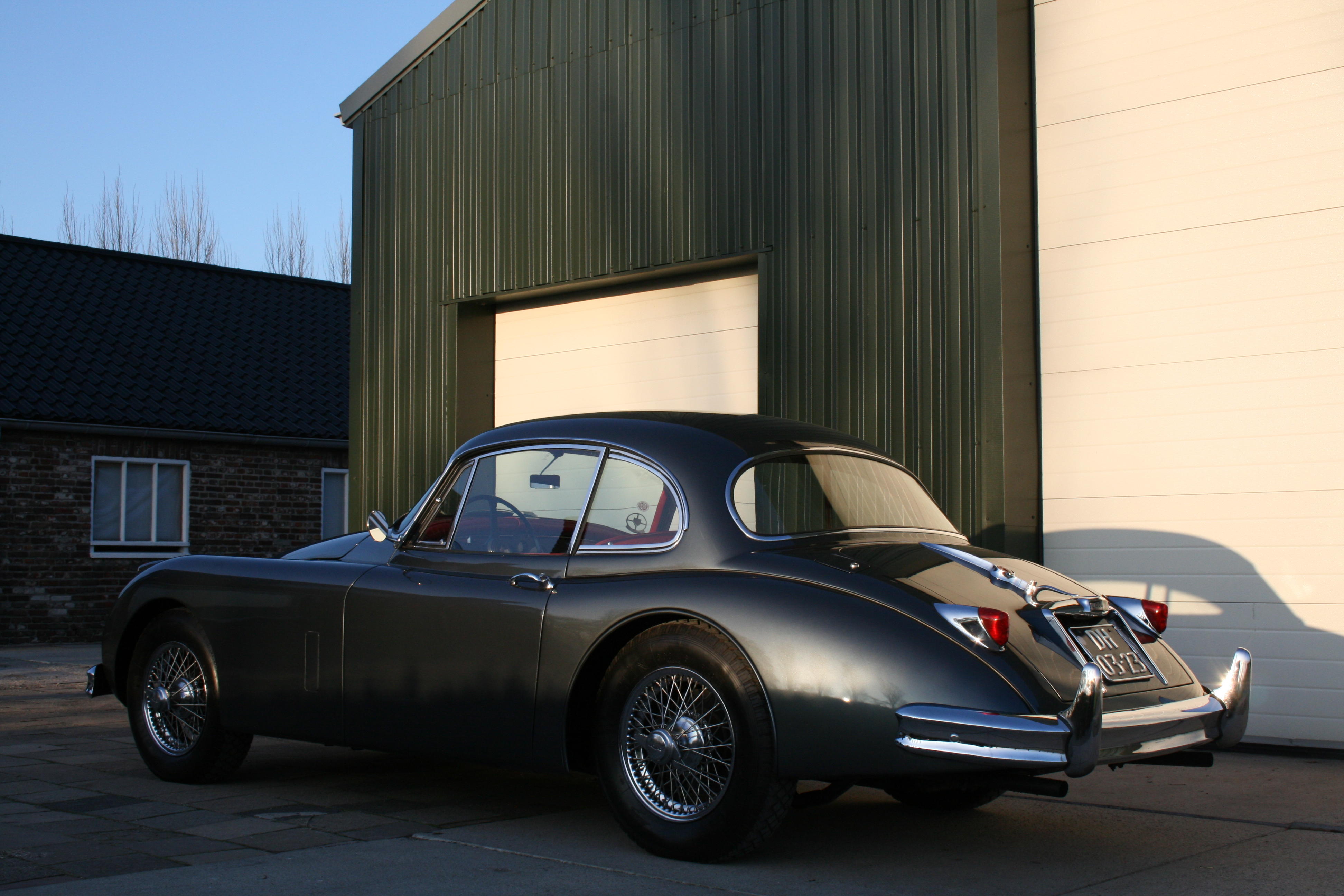




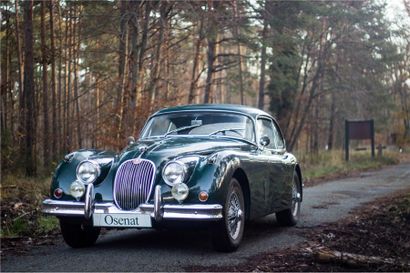
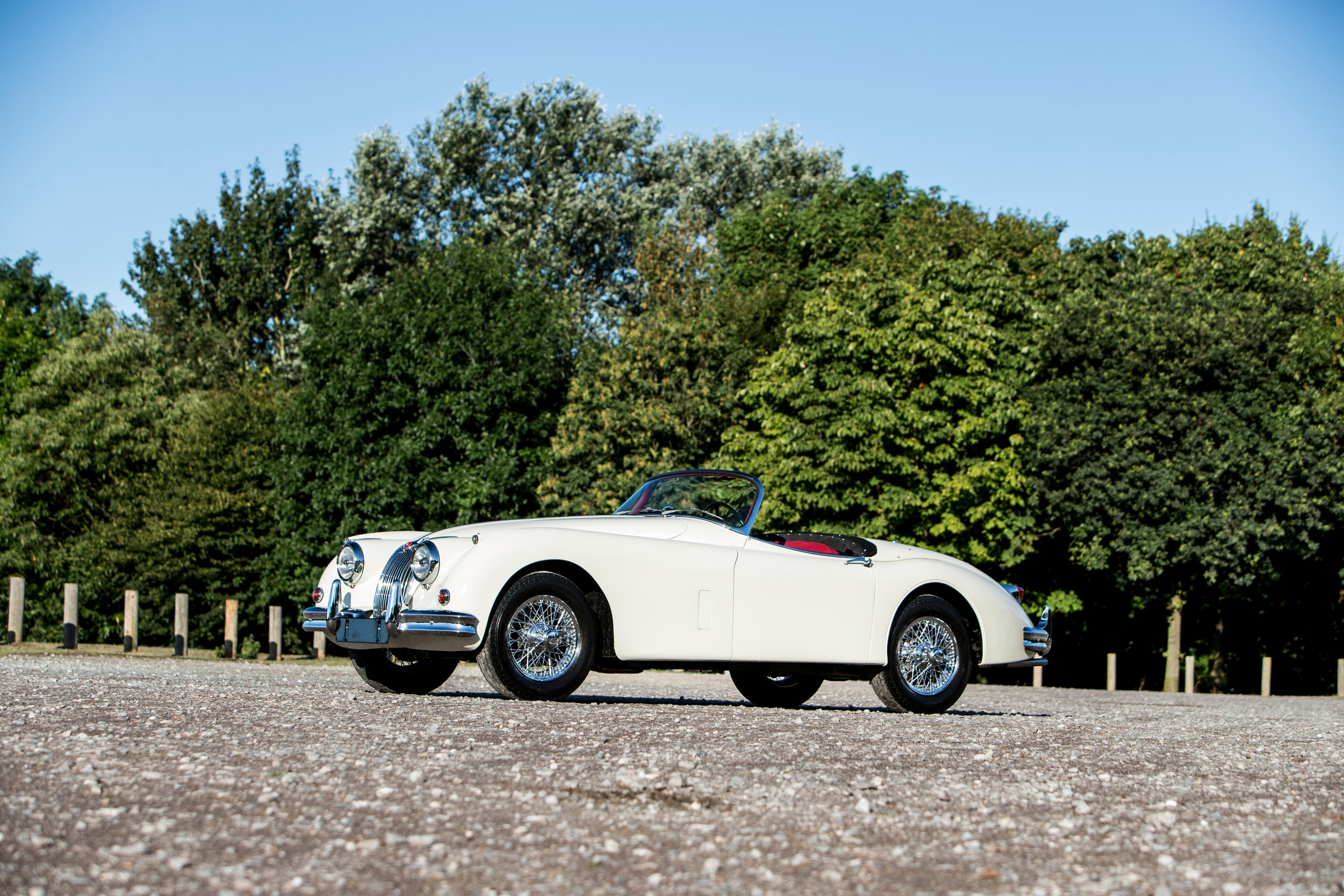
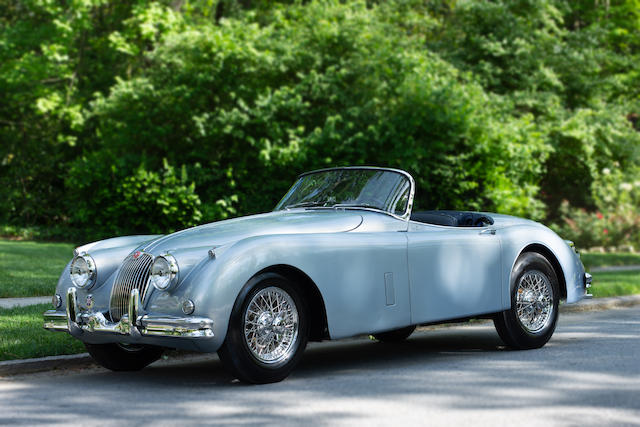

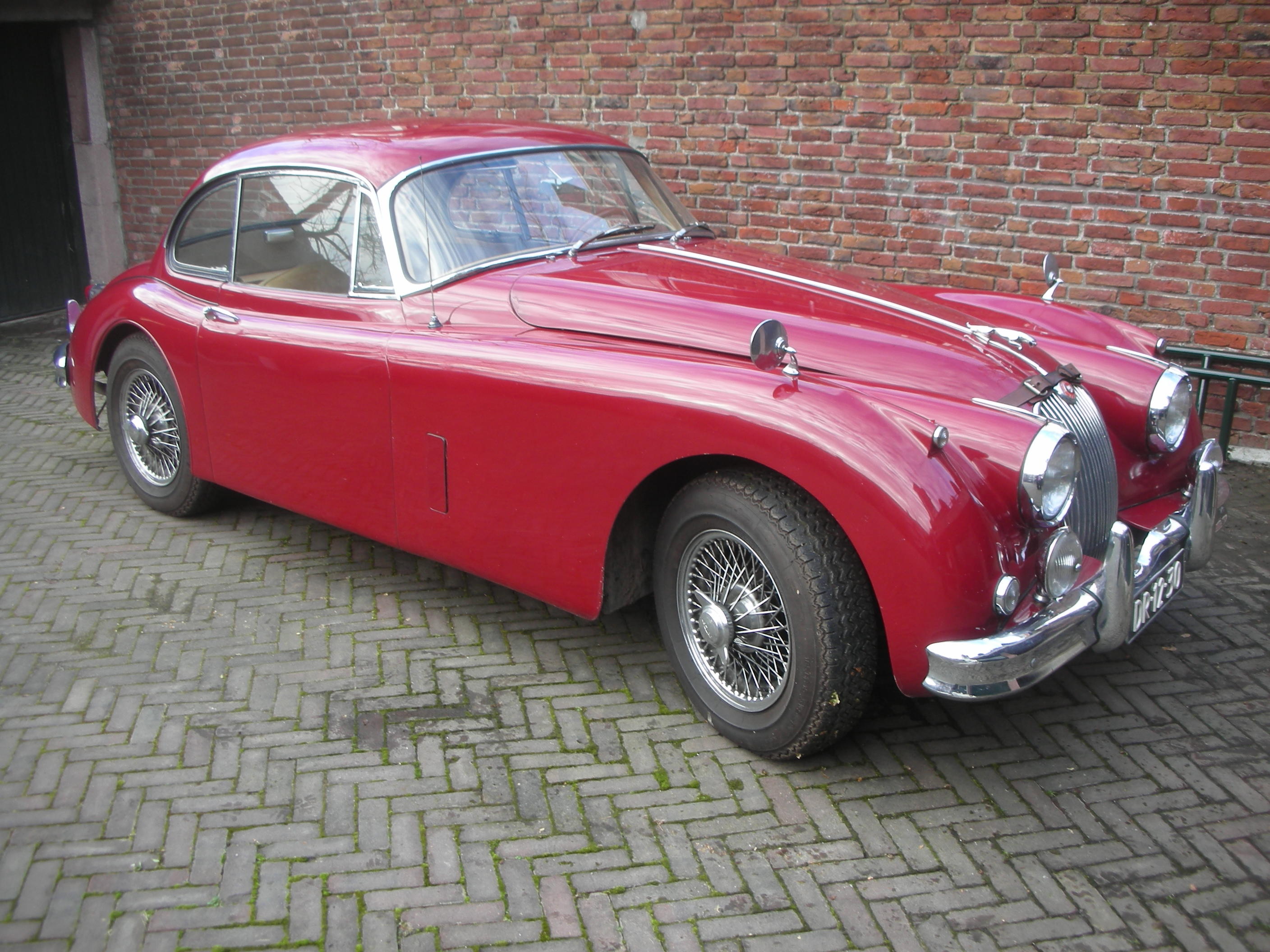

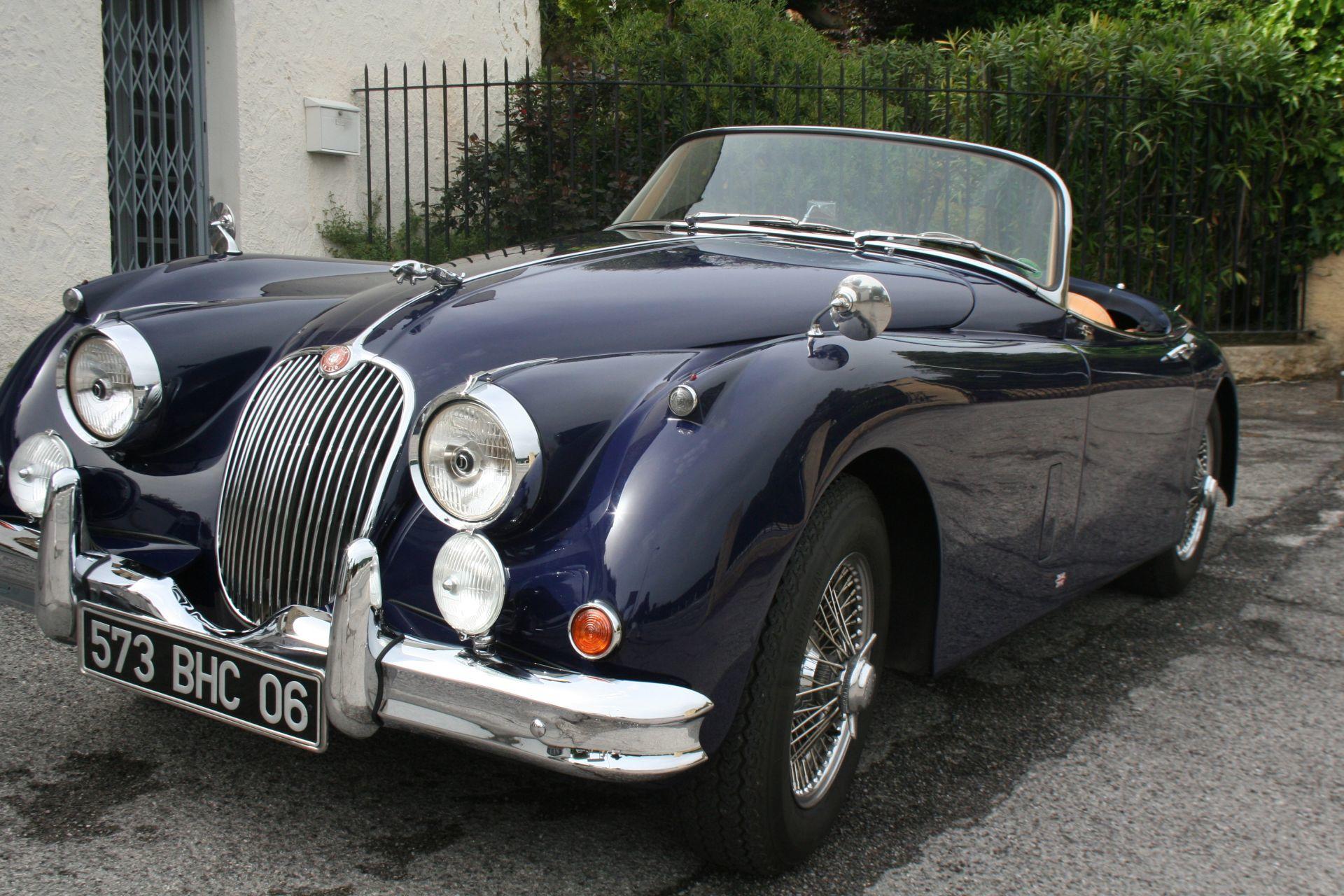


Testen Sie LotSearch und seine Premium-Features 7 Tage - ohne Kosten!
Lassen Sie sich automatisch über neue Objekte in kommenden Auktionen benachrichtigen.
Suchauftrag anlegen